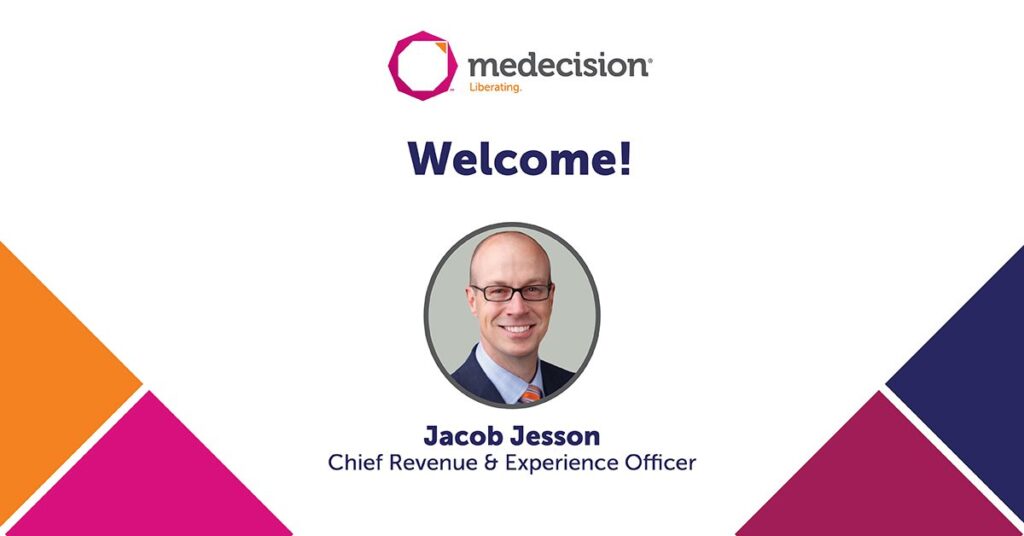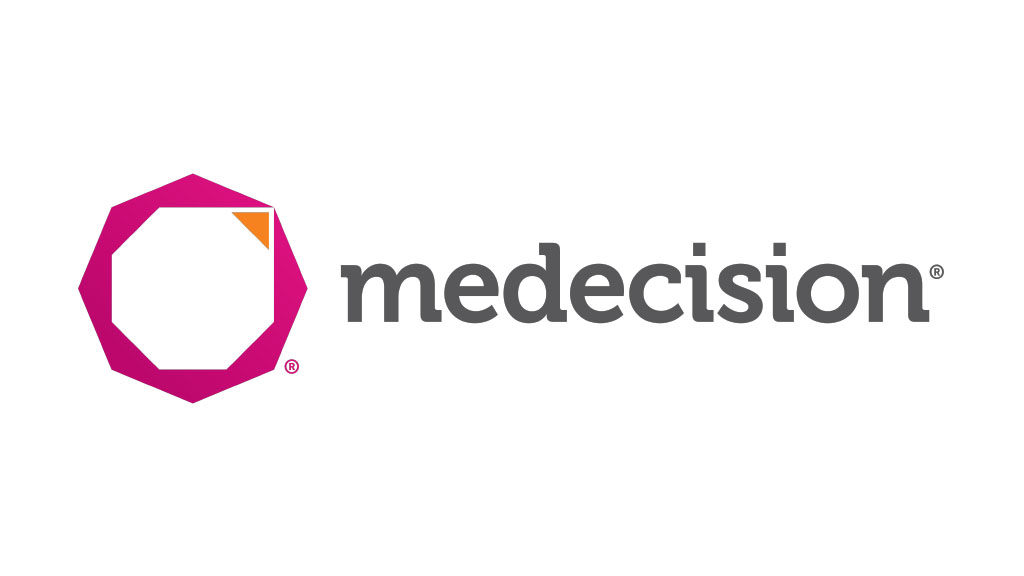
When care management teams become more proactive, they can help keep members on the right track and prevent setbacks rather than react to them.
By Medecision
In any endeavor, it pays to be proactive. Anticipation, planning and preparation help bring about far better outcomes than waiting and reacting. This is particularly true in care management, where the stakes are often of life-or-death consequence, and where the benefits of proactivity can be unlimited.
Think about it. What happens in a doctor’s office is a very small part of an individual’s overall health journey. Interactions with providers are important, but it’s the individual’s day-to-day health behaviors that make the most difference for their health outcomes. Those behaviors include whether they follow doctor’s orders, have the resources they need, and take their medications on the right schedule. And while healthcare providers have little input into those daily behaviors, care managers can have a great impact on them.
When care management teams operate proactively, they are able to help keep members on the right track and prevent setbacks rather than constantly reacting to setbacks, such as hospital readmissions. But to be proactive, care management teams must have the right information on hand and know how to use it effectively.
Information Allows Care Managers to Be Proactive
Traditionally, health payers have used risk tools that use current risk to predict future risk. While many of today’s high-risk members may remain high-risk, these tools do not accurately identify individuals who may seem healthy today but could become high risk in the near future.
However, with advanced technology and predictive analytics, it’s possible for care managers to more effectively identify members who may be high-risk in the future, even if they are not today.
For example, consider a patient in his 50s with severe heartburn, tobacco use, consistent weight gain and a family history of heart disease. While he hasn’t been hospitalized, he has been to urgent care 10 times in the past year. Traditional risk methods probably wouldn’t identify this patient as high-risk until he landed in the hospital, which is unfortunately likely to happen eventually. However, a proactive, technology-powered care model could flag this patient’s unique, individual risks and alert care teams to engage with him. When this patient’s care manager or provider reaches out and gets a broader picture of his symptoms, she may determine the patient’s chronic heartburn is an early symptom of heart disease. Through appropriate care management, the patient can treat the heartburn, start a plan to reverse any heart damage and work to stop smoking.
Smart technology tools can amass and analyze a variety of clinical data—including lab, pharmacy, authorization, diagnosis and procedure information—and flag potential member risks and opportunities for follow-up. When care managers have access to such information through actionable reports, it’s much easier to provide proactive care.
In fact, predicting risk is only one of the ways that information allows care managers to be more proactive. The right data at the right time, delivered in a usable way, allows care managers to:
- Provide more personalized care.
- Identify individuals who are at risk, or at rising risk.
- Engage members to take a more active role in their own health—and empower them to improve their outcomes.
- Collaborate across the care continuum.
- Address gaps in care.
- Allocate scarce resources.
- Increase satisfaction for members as well as providers.
- Comply with federal, state, local and industry regulations.
How Care Managers Can Access and Use the Right Information
The right software is crucial to providing the intuitive information that connects plan members’ health activities across the continuum of care to reveal their individual needs and opportunities. With the right software in place, care managers can make a powerful difference in the lives of individual members as well as cut costs dramatically. Here’s how to make it work.
Access reports to identify gaps in care. Care managers need access to reporting that helps them effectively identify and close gaps in care. For example, reporting can provide a list of members in an at-risk age group that have failed to get recommended screenings or flag intervention opportunities for members who are consistently getting HbA1c readings greater than 7.
Trigger workflows automatically. Care management workflows can be automatically triggered based on member events such as an emergency department visit or a hospital admission. Similarly, when a member receives a new diagnosis, a care manager should be alerted so they can share that information with the member’s primary care provider or specialist, immediately reconcile medications, and ensure the member is directed to or provided with resources that can help.
Integrate data across all teams. For the most effective proactive care, care managers need actionable, robust data. But that data must also be shared and integrated across all the teams that are involved in the patient’s care so everyone gets the full picture of health.
Train care managers to spot needs. Researchers believe social determinants drive more than 60% of healthcare outcomes. That means challenges such as food insecurity, unreliable transportation and an unsafe home environment are frequently getting in the way of better health. Care managers should be provided with data and training to spot social determinants that may be affecting the health of plan members.
Get creative with delivering care. One of the effects of the pandemic is that consumers have grown more comfortable with the idea of in-home healthcare management, including both do-it-yourself (DIY) healthcare and clinicians visiting their homes. For example, 85% of consumers said they would be comfortable with DIY care such as remote patient monitoring or taking diagnostic tests, and more than three-quarters said they would be comfortable with a wellness visit, sick visit or chronic care visit in their homes, according to a PwC survey. Because consumers are increasingly open to in-home care, health plan care managers have even more convenient, cost-effective tools at their disposal to respond to patient data.
When care managers take a proactive approach to engaging individuals and encouraging their adherence to care plans, they can play an important role in fundamentally changing the way individuals manage and participate in self-care.



About The Author: Medecision
Fully delivering on the promise of data — and making the business of healthcare simpler and more successful — Medecision offers a whole new world of possibilities. The company's flagship offering, Aerial™, stands as the market's most extensible clinical data platform. It offers complete contextual awareness of members and automates next best actions — simple campaigns, complex care management, utilization approvals, and more — for optimal health outcomes.
Aerial is not only quick to deploy, it is easy to manage. The platform's effectiveness in reducing both medical and administrative costs, coupled with its role in improving the member and patient experience, has made it the preferred choice for health plans and care delivery organizations. Presently, Aerial is instrumental in catering to over 10% of the U.S. population, marking a significant milestone in advancing healthcare efficiency and effectiveness.
More posts by Medecision